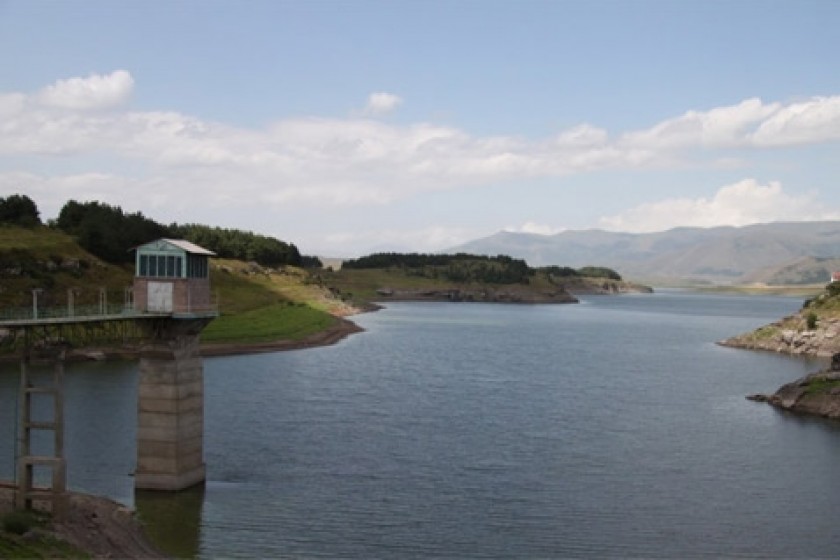Re: Sevan
Lake Sevan Has a Negative Balance Sheet
December 01, 2014
EcoLur
Lake Sevan has a negative balance sheet. According to Hydrology Center of Hydromet Service of the RA Ministry of Emergency Situations the level of Lake Sevan was 1900 meters 14 centimeters according to November 28's data, which is 5 centimeters less than the level on the same day in 2013.
The negative balance sheet of Lake Sevan is conditioned by water release of 270 million cubic meters instead of water release of 170 million cubic meters defined by law. The official argumentation is irrigation water shortage in Ararat Valley.
The UN Climate Change Framework Convention Focal Point Aram Gabrielyan said in his interview with EcoLur that the level of Lake Sevan must be increased as soon as possible. We must increase the lake level within 10 years. We have the findings of studies, that currently the common temperature in Lake Sevan is 3 degrees, which means that the lake level must be increased not by 6.5 meters, but 12 meters, Aram Gabrielyan said and added that the figure of 6.5 meter was approved in the 60s, when climate conditions were different.
Lake Sevan Has a Negative Balance Sheet
December 01, 2014
EcoLur
Lake Sevan has a negative balance sheet. According to Hydrology Center of Hydromet Service of the RA Ministry of Emergency Situations the level of Lake Sevan was 1900 meters 14 centimeters according to November 28's data, which is 5 centimeters less than the level on the same day in 2013.
The negative balance sheet of Lake Sevan is conditioned by water release of 270 million cubic meters instead of water release of 170 million cubic meters defined by law. The official argumentation is irrigation water shortage in Ararat Valley.
The UN Climate Change Framework Convention Focal Point Aram Gabrielyan said in his interview with EcoLur that the level of Lake Sevan must be increased as soon as possible. We must increase the lake level within 10 years. We have the findings of studies, that currently the common temperature in Lake Sevan is 3 degrees, which means that the lake level must be increased not by 6.5 meters, but 12 meters, Aram Gabrielyan said and added that the figure of 6.5 meter was approved in the 60s, when climate conditions were different.









Comment